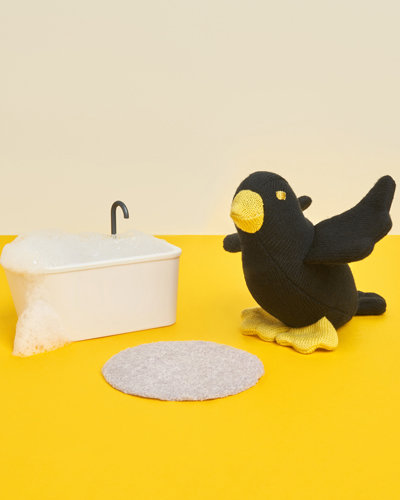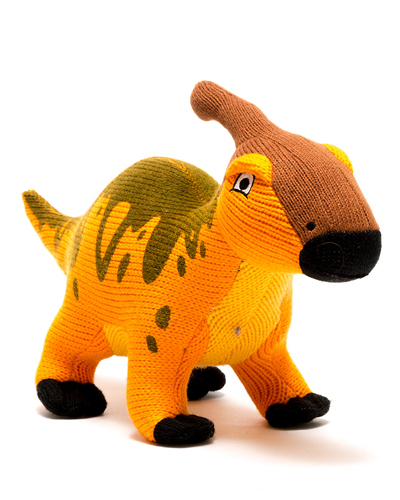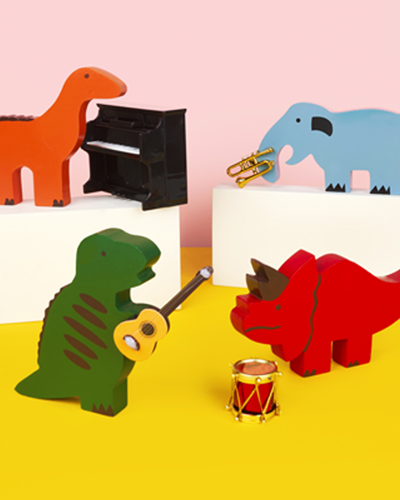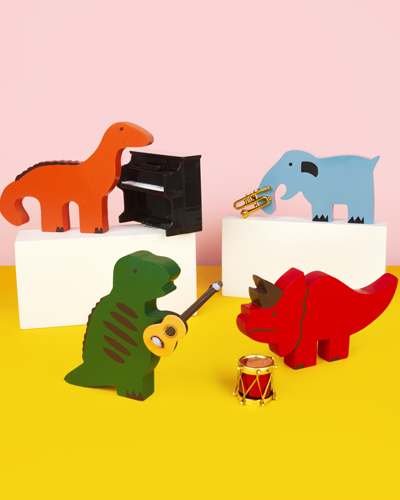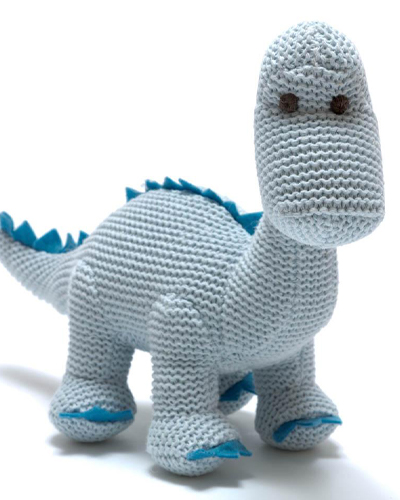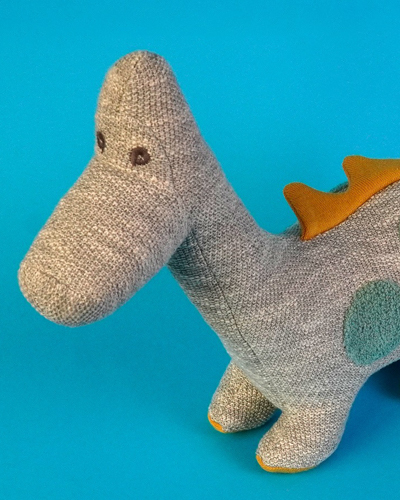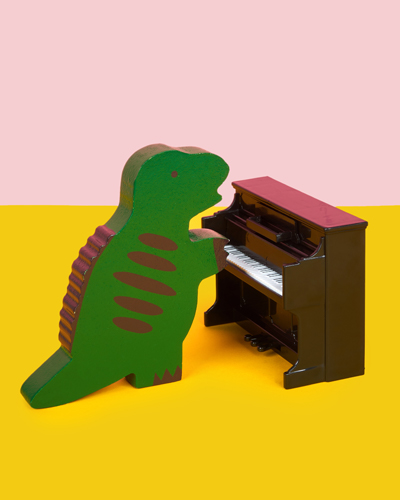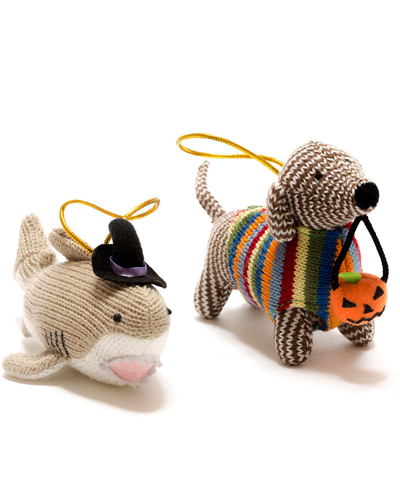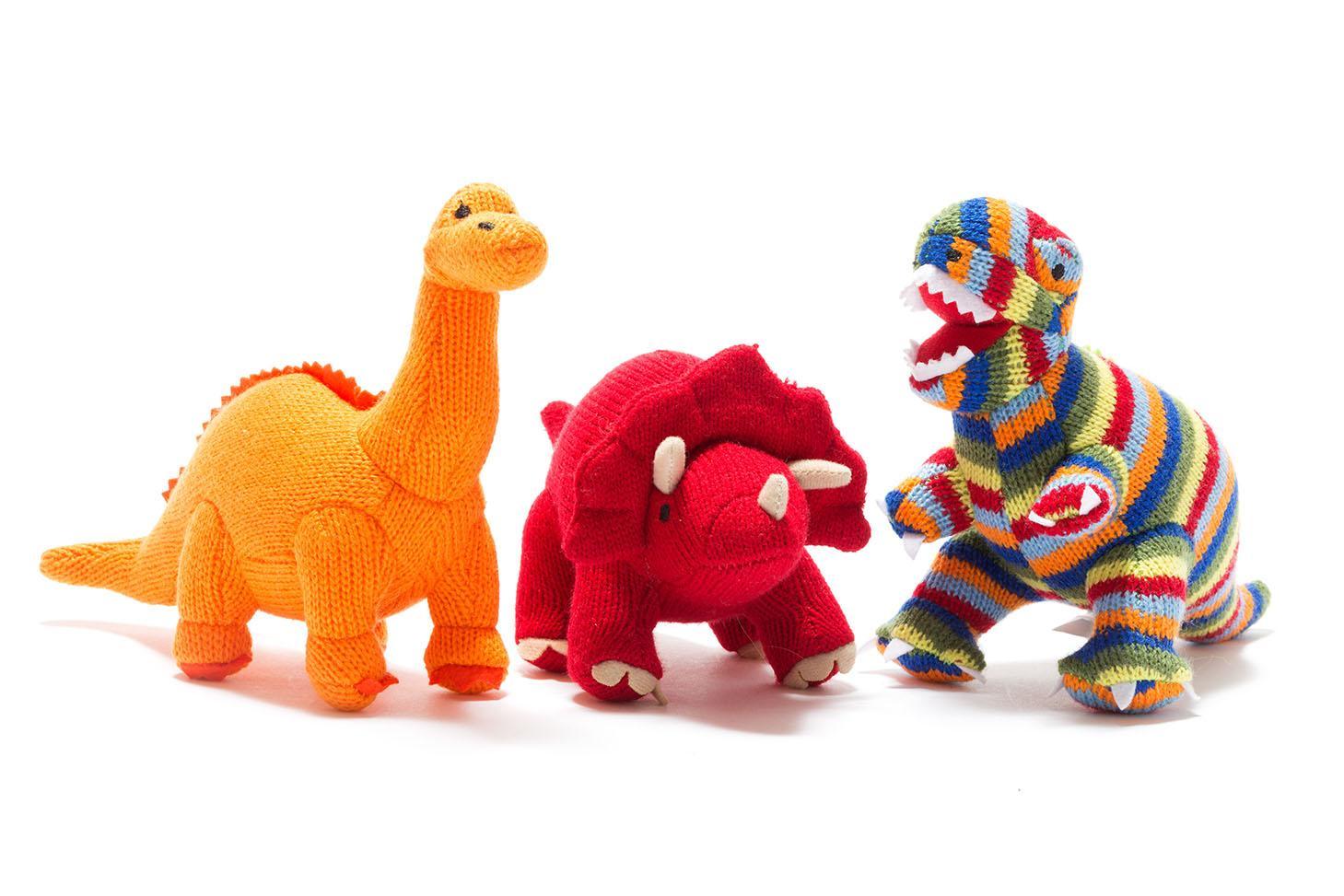When we started Best Years we wanted to sell the best knitted baby toys and we only set up a website because that’s what you did. We just wanted to sell our knitted dinosaurs and had absolutely no understanding of SEO, snippets, keywords or meta descriptions because that’s what someone else did.
However over the years we have learnt to our significant cost that hiring people to do things for your website is usually a costly exercise and one which rarely results in the promised benefits.
So we started to go to training courses and bit by bit we started to understand the basics and what we needed to do to get our website noticed. We’re still more interested in knitted dinosaur toys than SEO and we are definitely not experts but we have learnt enough to stop hiring people who tell us they are and that in itself has saved us £000s!
So here is a quick summary of what we have learnt. Hope it helps.
Keywords – this is the biggie. They are the words which best describe your business. So our keywords include things like dinosaur toys and fair trade toys etc.
However what we have learnt is that small business just can’t compete for most keywords. If you Google dinosaur toys you will get Natural History Museum, Smyths Toys, Amazon and all sort of huge companies with big marketing budgets.
We cannot compete with them on “Dinosaur Toys” so we have learnt to compete on whats called Longtail key words, so “Knitted Dinosaur Toys” or “Natural Rubber Dinosaur Toys”
Similarly a search for Baby Toys will just bring up a list of High St retailers but organic baby toys shows you a lot more Independent Retailers.
To choose the right keywords you need to use the google Keywords Planner. This simple tool will show you how many people search for any particular phrase. You need enough searches that its worth competing for the business but not enough that you’ll be up against Marks and Spencers!
Snippets and Meta Descriptions - A snippet is the result Google shows to the user in the search results. It is completely automated and takes into account both the content of a page as well as references to it that appear on the web. Meta Descriptions is what tells Google what is on your website page. It describes what content the page contains, and you can add and change this on your website whenever you want which is in contrast to the snippet which is automatically generated by Google.
So if I search Best Years Ltd I get this

And if I search for Knitted Dinosaurs I get this

When checking your SEO the first thing to do is Google your own website, and the key products that you sell and find out what information Google shows about you. If your snippet does not reflect the sort of products that you sell then you will need to re-write product descriptions and any other text on your website so that Google picks up the right information.
A couple of parameters for Meta Descriptions They should be about 155 words long. They should make sense to someone reading it, so not just a collection of keywords. Make sure you include your keywords in the meta description. They must be unique. Don’t just copy someone else’s or Google won’t prioritise your website.
Keywords, Snippets and Meta Descriptions are all stuff that can be done on your own website. The one other thing you need to do to improve your SEO is Backlinks. This is when another website links back to your website and Google count backlinks as votes of confidence. So if I link to you Google thinks I like your website and therefore your website must be good to gain my approval and because of this Google can show your website in more search results.
Actually if Best Years linked to your website it wouldn’t make too much of a difference as we are not an important website but if you got 200 companies like Best Years to link to you Google would like that. And if you got the BBC to link to you they would like that even more as they are a Very Important Website!
There are 2 ways to get Backlinks. You can ask for them and you can write content so wonderful that people post your blog on their website. The latter has never happened to us but asking for links is not as bad as it sounds. Post on local community websites, partner with other companies in your area or comment on applicable forums including your website in the comments.
Just to add a bit of technicality here. There are Follow links and No Follow Links. As the name suggests No follow links are worthless so make sure that any link you get is follow. This particularly applies when you work with paid for content such as bloggers as a lot of them include No Follow Links so ask before you pay!
So that’s a quick summary of all our SEO knowledge. As you can clearly see we are knitted dinosaur toy experts and not SEO consultants but hopefully it is of some help to you. One final point to remember. Search Engine Optimisation is a long term thing. If you make changes you should not expect an instant up tick in traffic, but if you keep at it you will eventually reap the benefits.
Some websites we hope you may find useful
http://www.seotraininglondon.org – the training company we liked the most
https://search.google.com/search-console/about - shows which words people use to find your website
https://ads.google.com/home/tools/keyword-planner/ - tool to search for high volume traffic
https://ahrefs.com/ - shows you how highly your website is ranked



